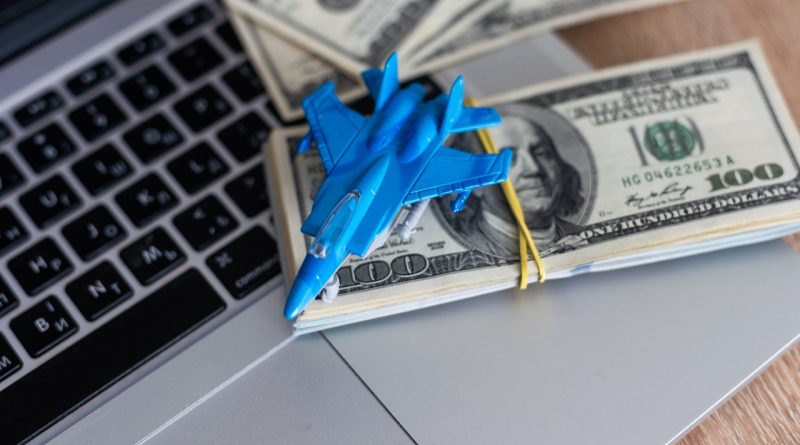Will Inflation in 2025 Lead to a Recession?
As we look toward 2025, concerns about inflation loom large in economic discussions. With recent disruptions in global supply chains, fluctuating energy prices, and ongoing geopolitical tensions, the possibility of rising inflation raises critical questions about its potential impact on the economy. This article aims to explore the key drivers behind inflation in 2025, the possible ramifications for economic stability, historical precedents linking inflation to recessions, and strategic approaches to mitigate risks associated with an inflationary environment.
Understanding the Key Drivers of Inflation in 2025
Inflation is influenced by a complex interplay of various factors, and in 2025, several key drivers are expected to shape its trajectory. One primary factor is the ongoing supply chain disruptions experienced globally, which have been exacerbated by the COVID-19 pandemic and geopolitical conflicts. These interruptions have led to shortages of critical goods and increased production costs, pushing prices upward. Additionally, labor market dynamics, including wage growth and labor shortages, are also likely to contribute to inflation, as employers may raise wages to attract talent in a competitive environment.
Another significant driver is the monetary policy response of central banks. Following the economic crises of the past few years, many central banks have adopted accommodative policies, including low-interest rates and quantitative easing, to stimulate growth. However, if these policies remain in place for too long, they can lead to an oversupply of money in the economy, fueling inflation further. Moreover, external factors such as fluctuating commodity prices—especially oil and food—will continue to exert pressure on inflation rates, complicating the economic landscape in 2025.
Potential Economic Impact of Rising Inflation Rates
The economic impact of rising inflation in 2025 could be profound, affecting both consumers and businesses. Consumers might experience a reduction in purchasing power as prices for goods and services increase, leading to decreased consumer confidence and spending. If inflation continues to rise unchecked, households may need to allocate a larger portion of their income towards essential items like food and energy, reducing their discretionary spending and negatively impacting sectors reliant on consumer expenditure.
On the business side, rising inflation could lead to increased operational costs, as companies grapple with higher wages and raw material prices. This scenario may force businesses to pass on costs to consumers or, conversely, reduce profit margins. In response to these challenges, companies may also reconsider their growth strategies, delaying investments or hiring, which could ultimately stifle economic growth. The culmination of these factors could potentially create a tighter economic environment, heightening the risk of a slowdown or recession.
Historical Precedents: Inflation and Recession Linkages
Historically, the relationship between inflation and recession has been a subject of significant analysis. Notably, the late 1970s and early 1980s provide a pertinent example, as the U.S. faced stagflation—a combination of high inflation and stagnant economic growth. The Federal Reserve, under Paul Volcker, implemented aggressive interest rate hikes to combat inflation, which ultimately led to a recession in the early 1980s. This period demonstrates how unchecked inflation can necessitate drastic policy responses that may inadvertently precipitate economic downturns.
Another historical precedent is the period following the financial crisis of 2008, where initially low inflation rates transitioned into a prolonged period of economic recovery. However, as recovery took hold, inflation began to rise again, prompting concerns that rapid price increases might lead to another recession. These historical insights underscore the complex and often precarious balance policymakers must strike between stimulating economic growth and controlling inflation, particularly as we approach 2025.
Strategies for Mitigating Risks in an Inflationary Climate
To navigate the potential risks posed by rising inflation in 2025, both businesses and individuals will need to adopt strategies focused on financial resilience. For individuals, diversifying investment portfolios to include inflation-hedged assets, such as real estate or commodities, can provide a buffer against inflationary pressures. Additionally, maintaining an emergency fund can help manage unexpected expenses arising from rising prices. Budgeting and prioritizing essential spending will also be critical as inflation impacts household finances.
On the corporate front, businesses can implement proactive measures to mitigate the impact of inflation. Strategies such as negotiating long-term contracts with suppliers to lock in prices, investing in technology to enhance operational efficiency, and exploring alternative sourcing options can help manage cost increases. Furthermore, adopting flexible pricing strategies allows businesses to adjust prices in response to market conditions without alienating customers. By taking a proactive approach, organizations can better position themselves to withstand the challenges of an inflationary climate.
In conclusion, the potential for rising inflation in 2025 presents both challenges and opportunities for the economy. Understanding the key drivers of inflation, anticipating its economic impacts, and learning from historical precedents can provide valuable insights for businesses and individuals alike. By implementing strategic risk mitigation measures, stakeholders can enhance their resilience in an uncertain economic landscape. As we move toward 2025, vigilance and adaptability will be essential in navigating the complexities of inflation and its potential link to recession.
